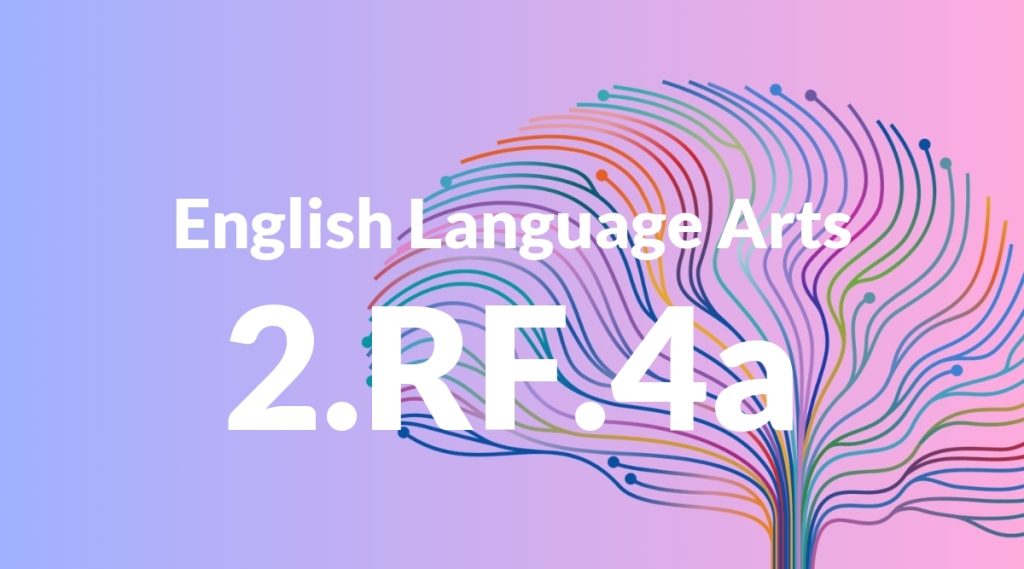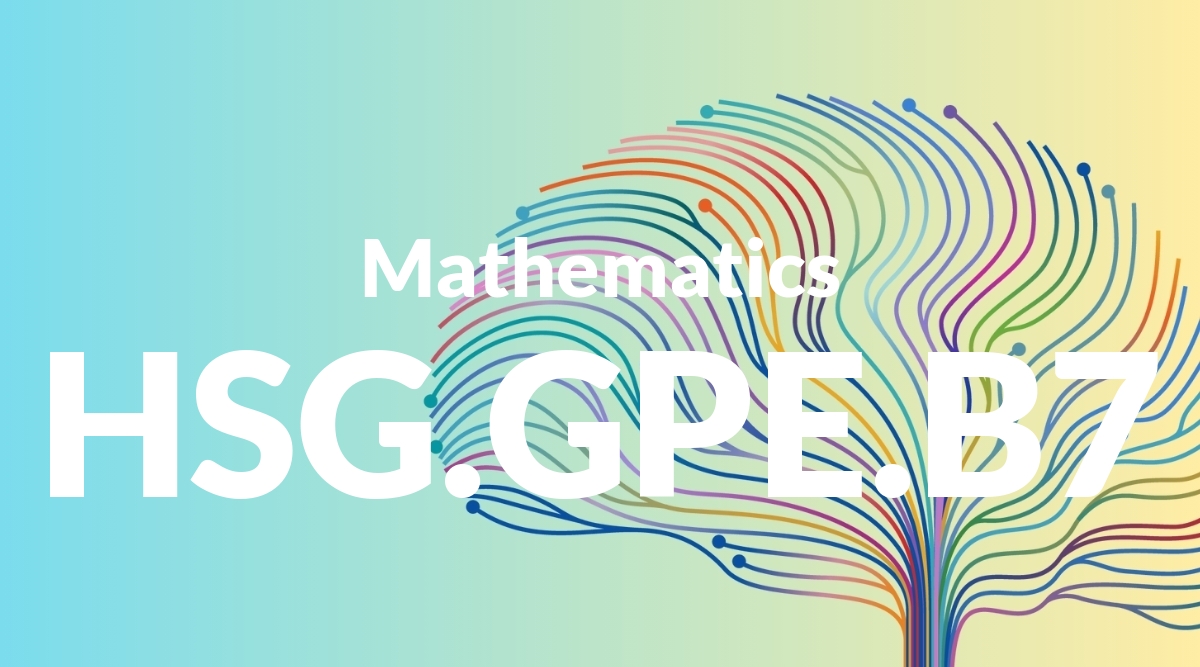Standard: 2.RF.4a – Read grade-level text with purpose and understanding.
Grade level: Grade 2
Subject: English Language Arts
Domain: Reading: Foundational Skills
Teacher Overview
This standard emphasizes the importance of reading with a clear purpose and understanding the text. It is crucial for students to not only decode words but also to comprehend the meaning behind them. Mastery of this standard sets the foundation for more advanced reading skills in later grades. Students should be able to recognize and read simple words and sentences, have basic phonics skills, and understand basic punctuation and sentence structure.
After mastering this standard, students will be able to read more complex texts with deeper comprehension, identify main ideas and supporting details, make inferences, and summarize information.
Common Misconception 1
Some students may think that reading quickly is more important than understanding the text. This is incorrect because the goal of reading is to comprehend the information, not just to finish quickly.
Intervention 1
Encourage students to slow down and ask questions about the text. Use think-aloud strategies to model how to make sense of what they are reading.
Common Misconception 2
Another common misconception is that students might believe they only need to understand the words, not the overall meaning. This is incorrect because comprehension involves understanding the context and connecting ideas within the text.
Intervention 2
Teach students to look for context clues and to summarize paragraphs in their own words. Use graphic organizers to help them connect ideas within the text.
Prerequisite Knowledge
Students should be able to recognize and read simple words and sentences. They should have basic phonics skills and an understanding of how to decode words. Familiarity with basic punctuation and sentence structure is also helpful.
Subsequent Knowledge
After mastering this standard, students will be able to read more complex texts with deeper comprehension. They will develop skills in identifying main ideas and supporting details, making inferences, and summarizing information.
Instructional Activities
- Guided reading sessions with focus questions
- Think-aloud reading strategies
- Using graphic organizers to map out story elements
- Partner reading and discussion
- Reading and summarizing short paragraphs
- Interactive read-alouds with comprehension questions




